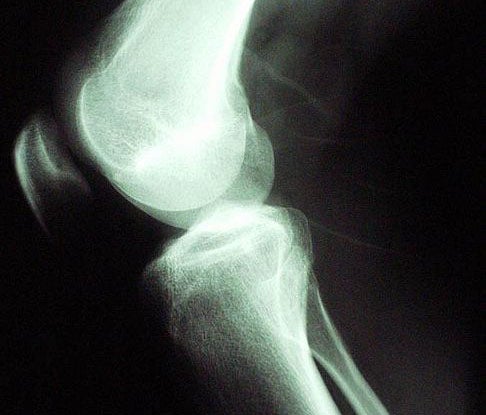By Stimulating Stem Cells, Bioactive Nanogel Regenerates Cartilage in Joints
The body is a resilient biological structure, but there’s one thing medical science, an increasing number of Baby Boomers, and...

The body is a resilient biological structure, but there’s one thing medical science, an increasing number of Baby Boomers, and the majority of professional athletes will all tell you: Take care of your joints, because once you burn up the cartilage you started with, you’re not getting any more. But a breakthrough by Northwestern University scientists will now allow adult joints to naturally grow new cartilage for the very first time.
Unlike bone, muscle and other tissues in the body, cartilage that is damaged or worn away over time does not regenerate itself. The cartilage you have when you reach adulthood has to last you for life; if it doesn’t, you can suffer debilitating joint pain or even osteoarthiritis, which is neither pleasant nor effectively treatable.
To stimulate the growth of type II collagen — the main protein in the clean, smooth cartilage that caps bones where they make contact in joints — the NU researchers created a bioactive nanogel that can be injected into the joint in a minimally invasive manner. The gel self-assmebles into a fibrous, solid extracellular matrix similar to what joint cells see in natural cartilage production. The gel also binds to one of the key growth factors for cartilage regeneration and keeps it localized in the damaged area. This stimulates the stem cells present in bone marrow that in turn activate type II collagen production naturally. The matrix slowly breaks down into nutrients as the natural cartilage builds up, eventually being replaced altogether by locally grown cartilage tissue.
The process has undergone successful animal testing, but its likely got a few more years of testing ahead of it before it could become commonplace. But the timing couldn’t be better; an aging population means an increase in achy old joints. A fresh round of cartilage production could keep many of the more senior members of society in the workforce, on the golf course and out of orthopedic surgeon’s office.